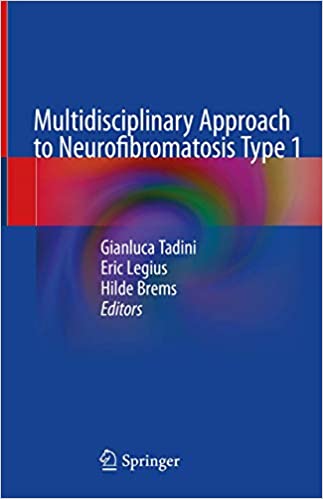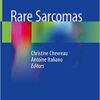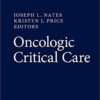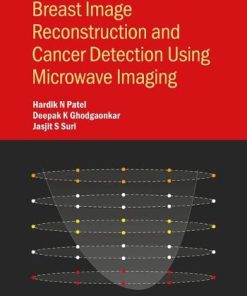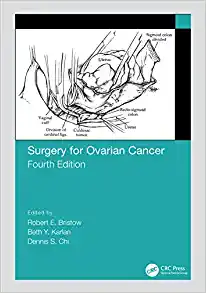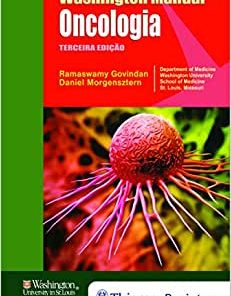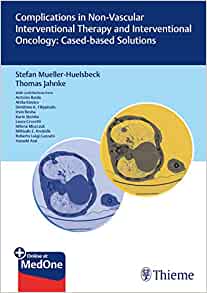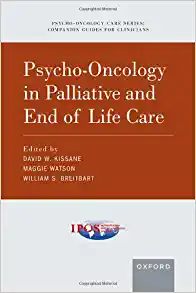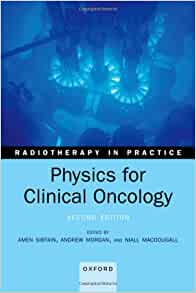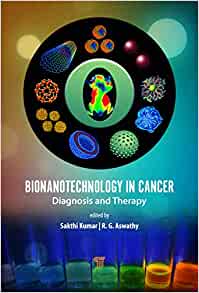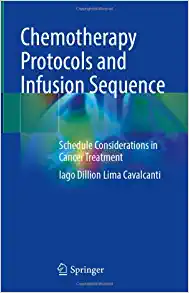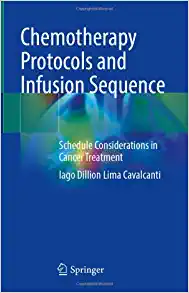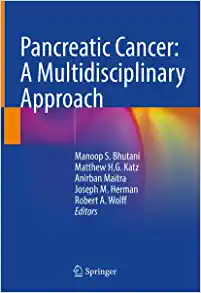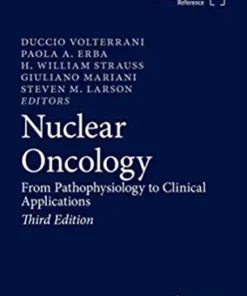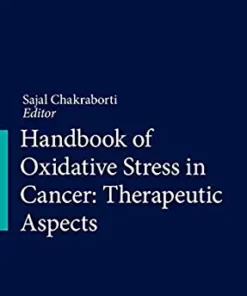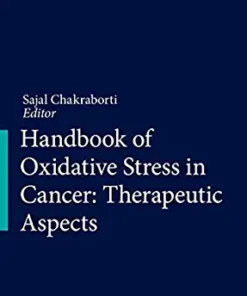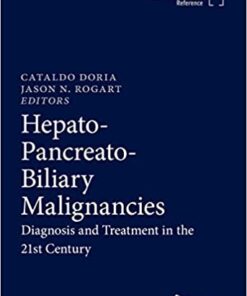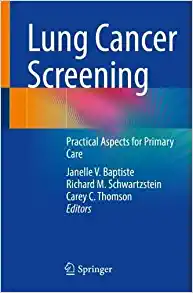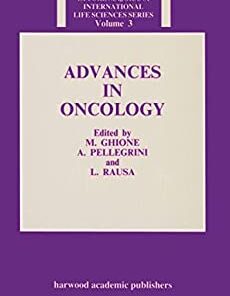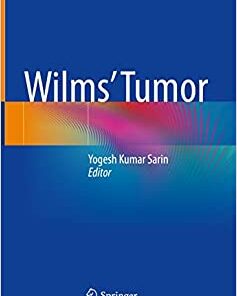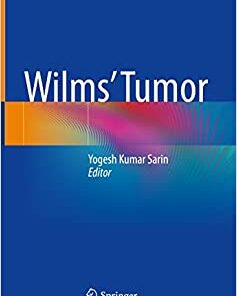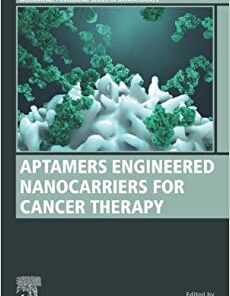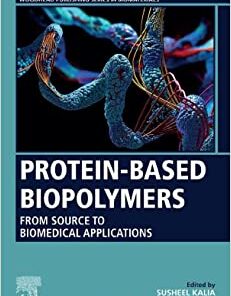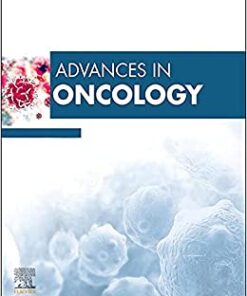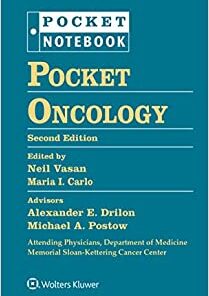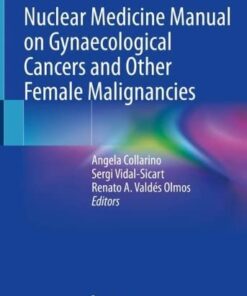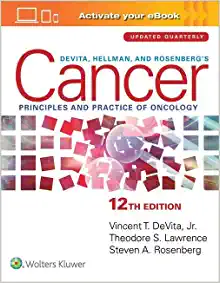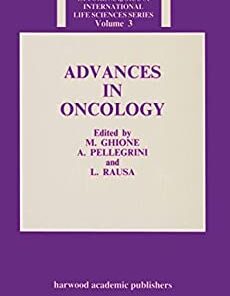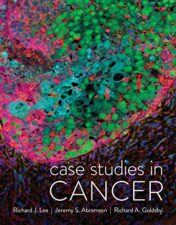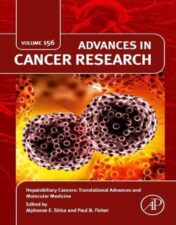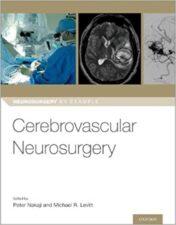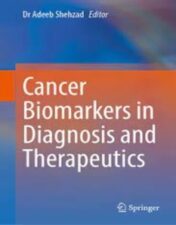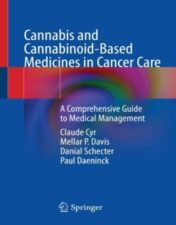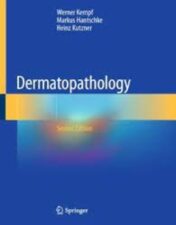Please log in to purchase this product.
Multidisciplinary Approach to Neurofibromatosis Type 1 1st ed. 2020 Edition PDF
Please log in to view the price.
by Gianluca Tadini (Editor), Eric Legius (Editor), Hilde Brems (Editor)
- Publisher : Springer; 1st ed. 2020 edition (June 3, 2020)
- Language : English
- Hardcover : 325 pages
- ==========================+======================
-
Note : We will send ebook download link after confirmation of payment via paypal success
Multidisciplinary Approach to Neurofibromatosis Type 1 1st ed. 2020 Edition PDF
This volume offers an update of the clinical signs, diagnostic criteria (including molecular diagnosis) and targeted therapies for a particular type of genodermatosis, providing a handy and unique tool for early diagnosis. In recent years, our understanding of genodermatosis and neurocutaneous syndromes has increased, but although Type 1 Neurofibromatosis (NF1) is the most common neuroectodermal disorder and involves a large number of patients and medical disciplines, this syndrome remains underestimated, often misdiagnosed thus leading to inaccurate treatment. The literature on the molecular and pathogenetic aspects is ample, but current clinical approaches, classification, diagnostic criteria and treatment protocols are outdated, creating difficulties in early diagnosis and treatment. As such, a chapter is devoted renewing current diagnostic criteria; it includes clinical and molecular data, to offer a sound, updated discussion basis for a consensus conference.
NF1 is a “time-dependent” disorder, meaning that the onset of clinical signs are closely linked to patient age and the book discusses this particularly neglected aspect extensively, as well as the latest molecular diagnosis techniques, which are highly sensitive have not been included in the diagnostic criteria. It also explains the role of the RAS-MAPK pathway and genotype-phenotype correlations.
In addition it explores new concepts concerning the pathogenesis of neurofibromas and other hamarthomas and their relevance for a modern therapeutical approach with targeted molecular drugs, as well as newly discovered aspects of NF1 in all internal organs, together with their diagnostic counterparts. A chapter on mosaic neurofibromatosis is also included. There is a particular focus on differential diagnosis (i.e. other diseases with café-au-lait macules), and the recently described Legius syndrome will be presented directly by Prof Eric Legius.
All chapters are easy-to-understand, up-to-date, comprehensive and concise tools and are intended for a wide range of professionals involved with genetic disorders of the skin and neurocutaneous diseases: dermatologists, pediatricians, neurologists, oncologists and general practitioners.
Product details
Related Products
ONCOLOGY BOOKS
ONCOLOGY BOOKS
ONCOLOGY BOOKS
ONCOLOGY BOOKS
ONCOLOGY BOOKS
ONCOLOGY BOOKS
ONCOLOGY BOOKS
ONCOLOGY BOOKS
ONCOLOGY BOOKS
Physics for Clinical Oncology (Radiotherapy in Practice), 2nd Edition (Original PDF from Publisher)
ONCOLOGY BOOKS
ONCOLOGY BOOKS
Chemotherapy Protocols and Infusion Sequence: Schedule Consideration in Cancer Treatment (EPUB)
ONCOLOGY BOOKS
ONCOLOGY BOOKS
ONCOLOGY BOOKS
Handbook of Oxidative Stress in Cancer: Therapeutic Aspects (Original PDF from Publisher)
ONCOLOGY BOOKS
ONCOLOGY BOOKS
Lung Cancer Screening: Practical Aspects for Primary Care (Original PDF from Publisher)
ONCOLOGY BOOKS
ONCOLOGY BOOKS
ONCOLOGY BOOKS
ONCOLOGY BOOKS
ONCOLOGY BOOKS
Advances in Oncology, 2022 (Volume 2-1) (Advances, Volume 2-1) (Original PDF from Publisher)
ONCOLOGY BOOKS
Managing Immunotherapy Related Organ Toxicities: A Practical Guide (Original PDF from Publisher)
ONCOLOGY BOOKS
ONCOLOGY BOOKS
ONCOLOGY BOOKS
The Systemic Effects of Advanced Cancer: A Textbook on Cancer-Associated Cachexia (EPUB)
ONCOLOGY BOOKS
Nuclear Medicine Manual on Gynaecological Cancers and Other Female Malignancies (EPUB)
ONCOLOGY BOOKS
Lung Cancer: Your Questions & Expert Answers, 5th Edition (Original PDF from Publisher)
ONCOLOGY BOOKS
ONCOLOGY BOOKS
Internal Medicine Books
The PassMachine Medical Oncology Board Review 2020 (v5.1) (Beattheboards) (Lectures)
ONCOLOGY BOOKS
ONCOLOGY BOOKS
ONCOLOGY BOOKS
ONCOLOGY BOOKS
ONCOLOGY BOOKS
ONCOLOGY BOOKS
Cancer Biomarkers: Clinical Aspects and Laboratory Determination 2022 Epub+converted pdf
ONCOLOGY BOOKS
Fundamentals of Ionizing Radiation Dosimetry: Solutions to the Exercises 2017 Original PDF
ONCOLOGY BOOKS
Breast Cancer Radiation Therapy: A Practical Guide for Technical Applications 2022 Original PDF
ONCOLOGY BOOKS
ONCOLOGY BOOKS
ONCOLOGY BOOKS
Advanced Skin Cancer A Case-Based Approach 2022 Original pdf
ONCOLOGY BOOKS
Washington & Leaver’s Principles and Practice of Radiation Therapy, 5th Edition 2021 Original PDF
ONCOLOGY BOOKS
ONCOLOGY BOOKS
ONCOLOGY BOOKS
ONCOLOGY BOOKS
Clinical Management of Acute Lymphoblastic Leukemia From Bench to Bedside 2022 Original pdf
ONCOLOGY BOOKS
ONCOLOGY BOOKS
ONCOLOGY BOOKS
ONCOLOGY BOOKS
Machine and Deep Learning in Oncology, Medical Physics and Radiology 2022 Original pdf
ONCOLOGY BOOKS
Targets of Cancer Diagnosis and Treatment Ion Transport in Tumor Biology 2022 Original pdf
ONCOLOGY BOOKS
ONCOLOGY BOOKS
Tumor Suppressor Par-4 Structural Features, Molecular Mechanisms and Function 2022 Original pdf
ONCOLOGY BOOKS
ONCOLOGY BOOKS
ONCOLOGY BOOKS
ONCOLOGY BOOKS
ONCOLOGY BOOKS
Water-filtered Infrared A (wIRA) Irradiation From Research to Clinical Settings 2022 Original pdf
ONCOLOGY BOOKS
ONCOLOGY BOOKS
Clinical Nuclear Medicine in Neurology An Atlas of Challenging Cases 2022 Original pdf

